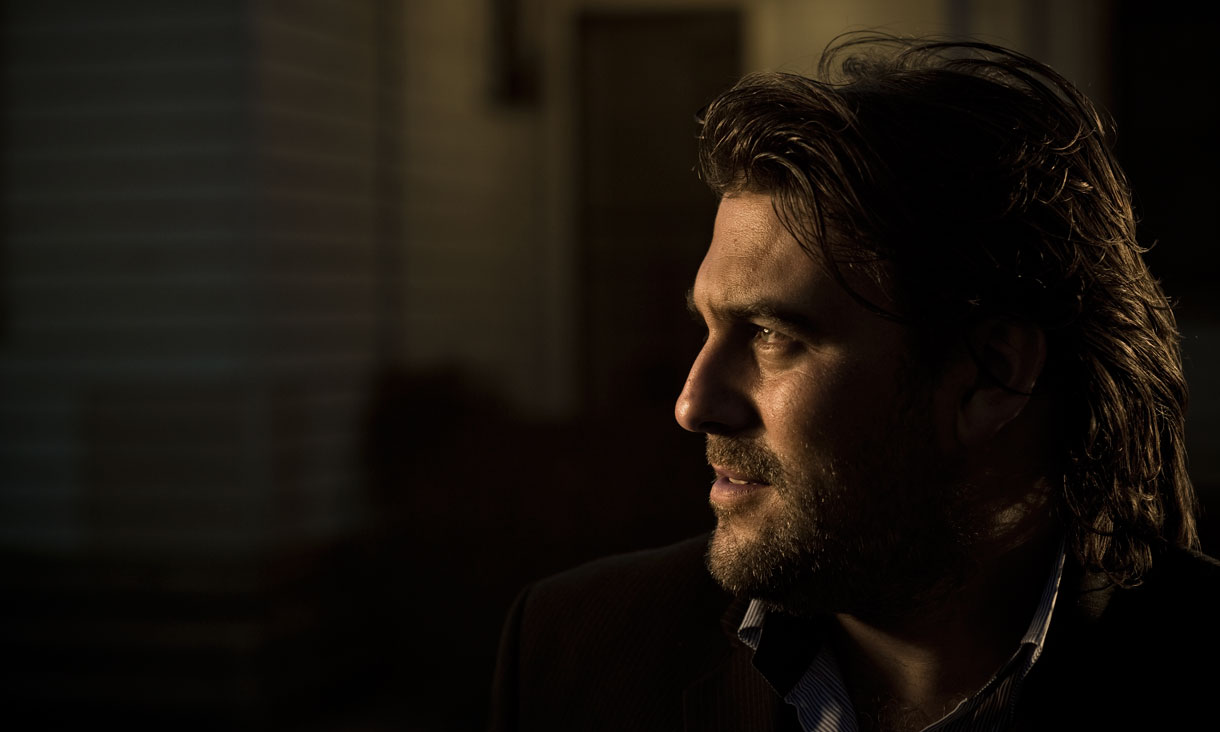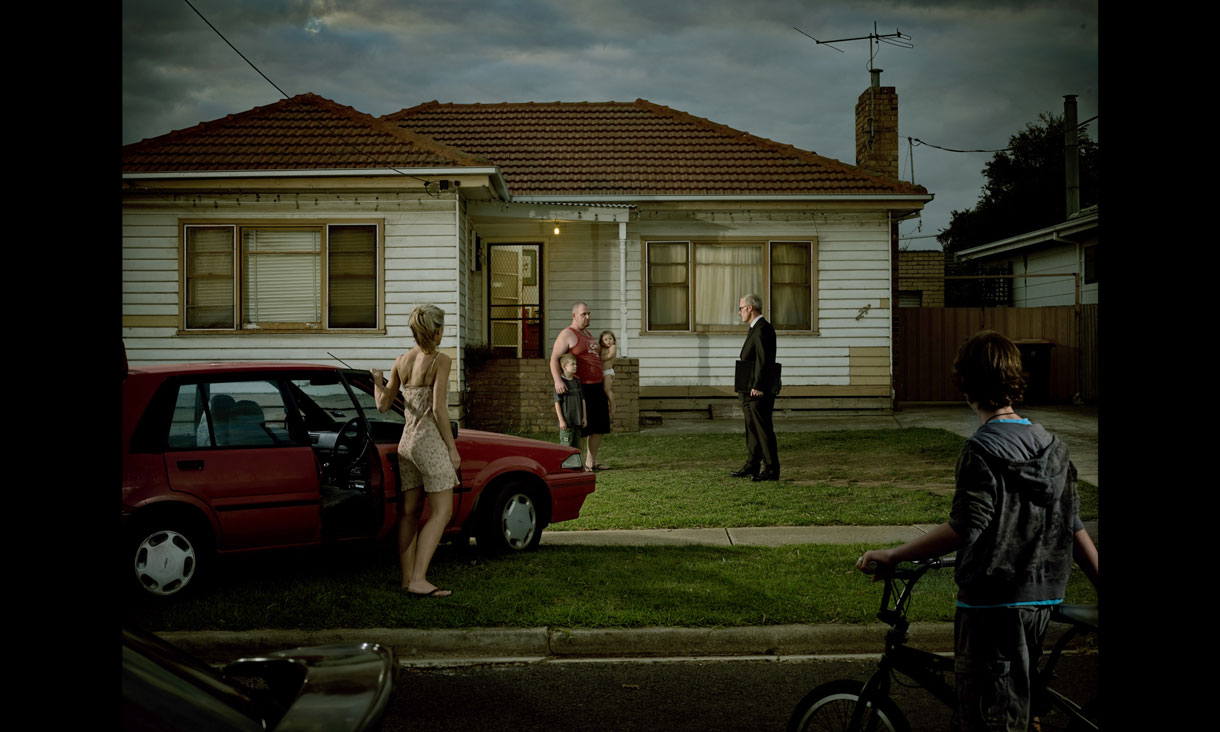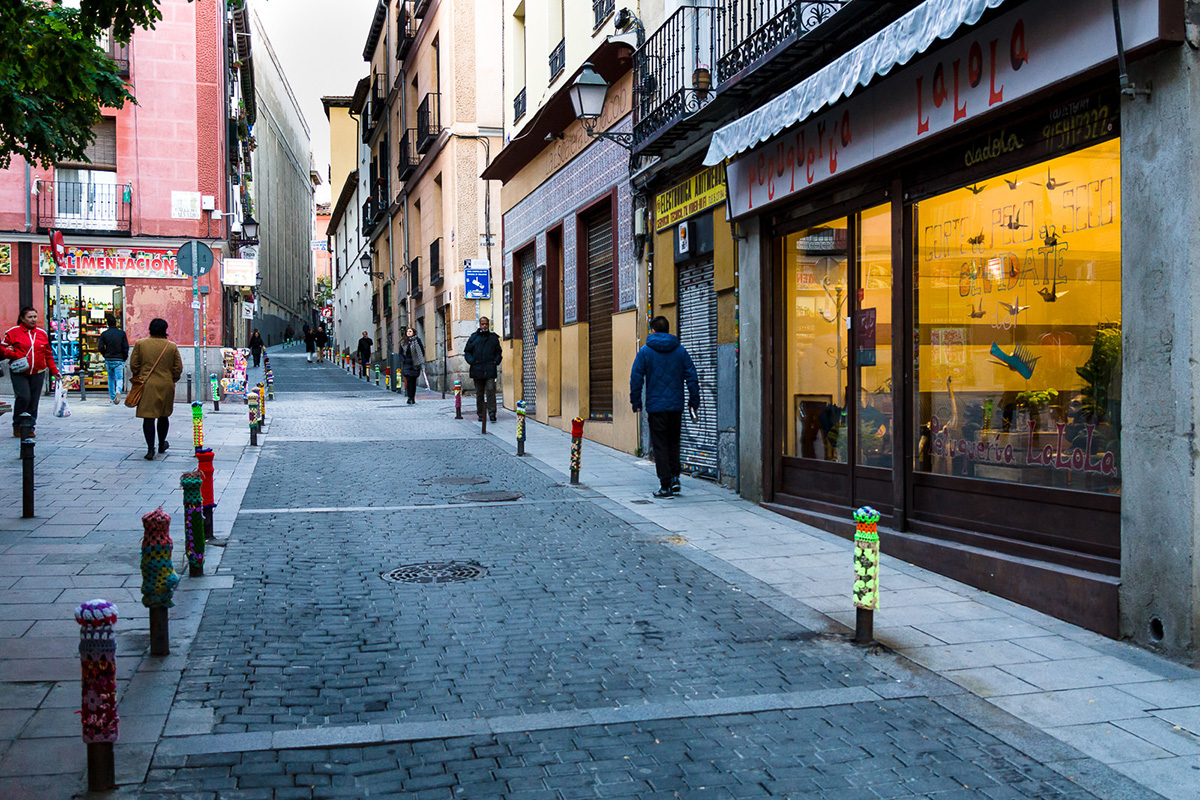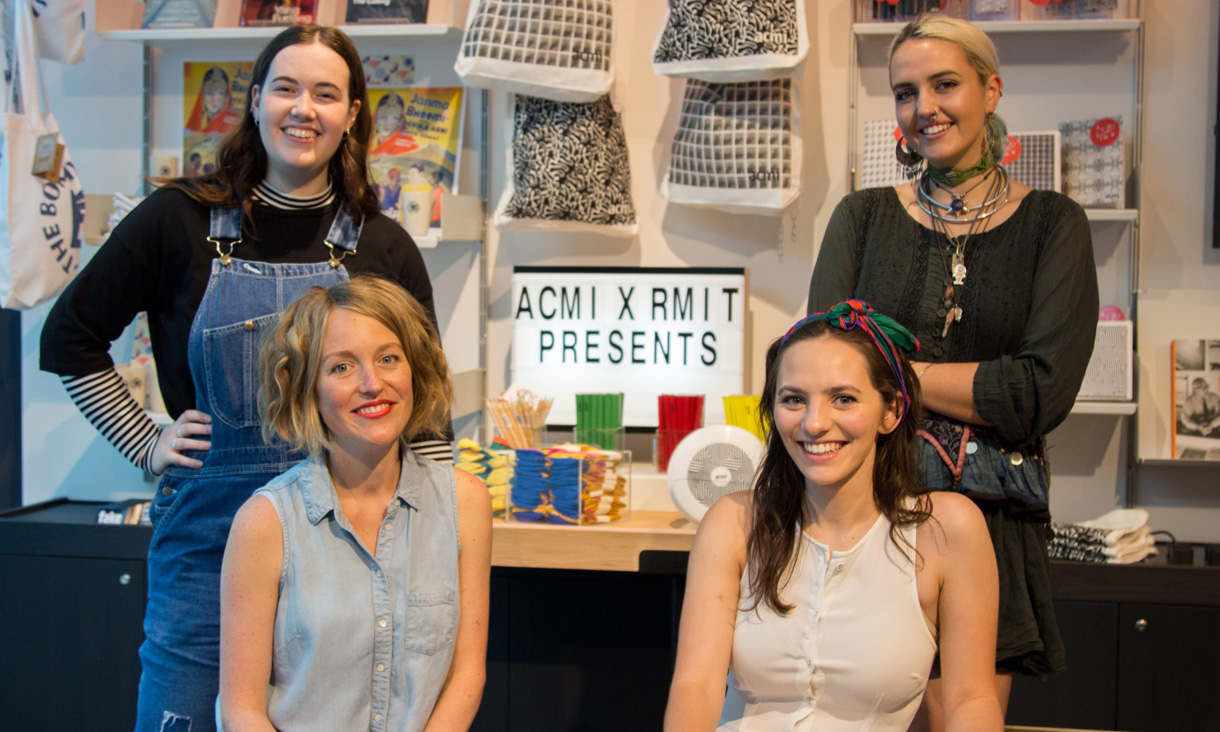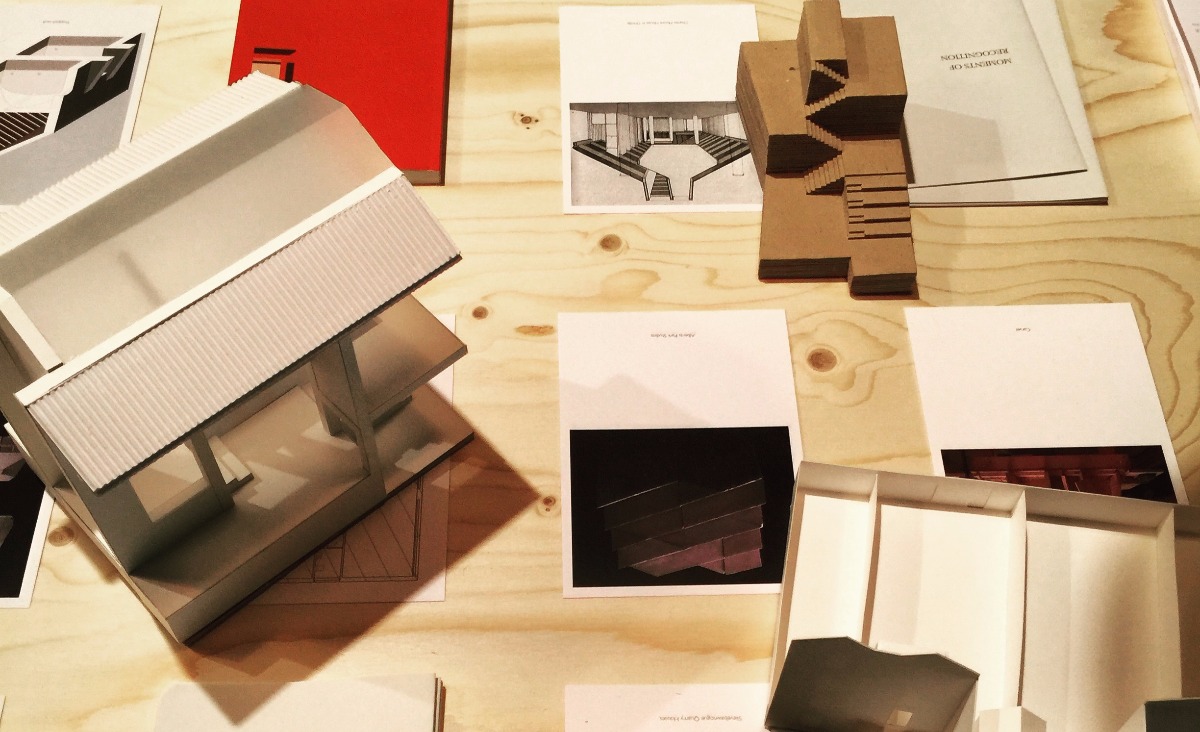Bronek Kozka is a renowned photographer lecturing in the Bachelor of Arts (Photography) and Master of Photography, known for his images that explore the real versus fake.
His work recreates that which never existed, using 3D effects or set construction to achieve a world between reality, dreams and memories.
Kozka believes that by re-framing and remembering memories, we can shed light on our true selves.
He took some time to tell us all about what he’s thinking when he’s behind the camera.
What does photography mean to you?
For me, right now, photography is all about telling stories and helping people connect with their own histories.
I have described the props, rugs, lights clothes and locations as “hooks”: they are selected to attract and draw the viewer into the shot, and are what connects the viewer to the images. They also invite the viewer to re-connect with their own memories & share in the commonalities; to use the image as a springboard into their own history.
How would you describe your personal photography style and practice?
I work with the tableau photography. I am a ‘maker’ rather than a ‘taker’ of images. I tend to work in a slightly different way. Rather than finding a location of interest and then building an image around that location, it starts as an idea, and then I sketch it out on paper.
I draw my ideas from my own, shared and collective memories before I go about searching for the right location or build a set. Casting, propping and more are all very important in building an image that can communicate with others.
How have people reacted to your work?
Part of a viewers’ interaction and enjoyment of my work comes from the close examination of details and props, and how they elicit emotional responses, often triggering their own memories of a similar time. My intent had always been to include “hooks” in an image to catch the viewer’s attention. I had not realised the power these would have in stirring our own memories, inviting the viewer to connect with the image on a very personal level.

